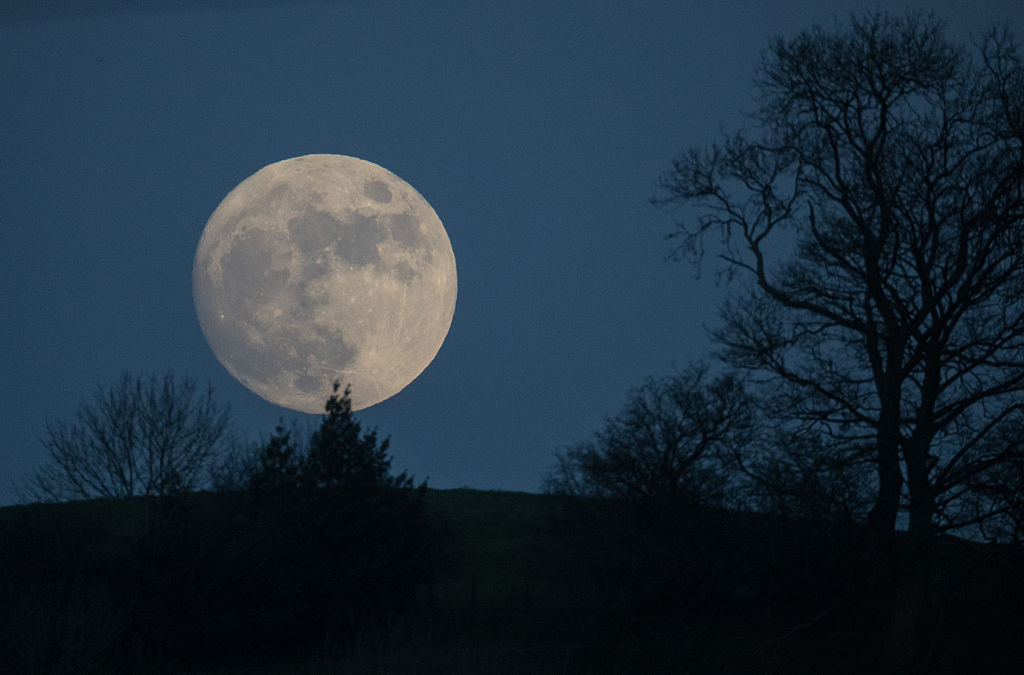
EDT (18:38 UTC) on Wednesday, but the Buck.
#July full moom full
The Moon will appear full for about three days, from early Tuesday morning through early Friday morning. The mission launched on July 16,1969, and landed on the moon on July 20, 1969. This will be on Thursday morning from the India Standard Time Zone eastward to the International Date Line. The moon will reach its peak at about 2:38 p.m. The next full moon will be Wednesday afternoon, July 13, 2022, appearing opposite the Sun in Earth-based longitude at 2:38 p.m.

The outlook for Wednesday currently states: “Showers or occasional longer spells of rain in the north, dry with sunny spells elsewhere. Julys full moon nicknamed the Buck Moon will charge across Earths skies on Wednesday, July 13. People in most parts of the UK will have an excellent opportunity to witness the supermoon, according to the latest weather forecast from the Met Office. “Perhaps trees, mountains, and buildings help to trick your brain into thinking the Moon is both closer and bigger than it is?” Nasa explained in a blog post last year, however the US space agency also noted that this is not the perfect explanation, as Nasa astronauts also witness the illusion despite having no foreground objects to act as distance clues. Nasa scientists have posited several theories for why the Moon appears bigger when it is close to the horizon, with one potential explanation being that we compare it’s relative size to objects within our line of sight. This is due to a phenomenon known as the Moon Illusion, which continues to baffle astronomers. What’s with the name July’s full moon is known as the Buck Moon because between June and July male deer antlers undergo a period of rapid growth and will appear at their largest. ET, but the moon will be setting for those in eastern regions of North America during that time.This effect will be artificially magnified when the Moon is close to the horizon when it is either rising or setting. This partial solar eclipse will not be visible from North America.Ī total lunar eclipse will also be on display for those in Asia, Australia, the Pacific, South America and North America on November 8 between 3:01 a.m. Be sure to wear proper eclipse glasses to view solar eclipses safely as the sun's light can be damaging to the eye.Ī partial solar eclipse on October 25 will be visible to those in Greenland, Iceland, Europe, northeastern Africa, the Middle East, western Asia, India and western China. Partial solar eclipses occur when the moon passes in front of the sun but only blocks some of its light. There will be one more total lunar eclipse and a partial solar eclipse in 2022, according to The Old Farmer's Almanac. These are the popularized names associated with the monthly full moons, but the significance of each one may vary across Native American tribes. Behold the Full Buck Supermoon July’s full Buck Moon orbits closer to Earth than any other full Moon this year, making it the biggest and brightest supermoon June’s Strawberry Moon by 200km. The Old Farmer's Almanac calculator can help you find out what time the moon rises and sets in your location. If it's cloudy and you don't want to be outside, just go one of the next nights."įor the clearest views of the moon, Petro recommended avoiding areas surrounded by tall buildings and thick forestry.

"There's really no moment that you have to be looking at it to maximize your enjoyment of the full moon. "Unlike some astronomical events, there's not (a situation where) you've got to look at it this instant or else you miss it," said Noah Petro, chief of NASA's Planetary Geology, Geophysics and Geochemistry Lab. Parts of Arizona, New Mexico, Utah and Colorado also are expecting thunderstorms early this week, she added. This pairing can lead to eye-opening realizations, innovation, and a desire to break. In 2022, this full moon forms a harmonious trine to Uranus, the planet of rebellion and change, in fellow grounded earth sign Taurus. A cold front will move into the southeastern US on July 12 and 13, potentially causing thunderstorms and rain across the region. While you can count on a full moon in Capricorn to occur annually, the planetary aspects (aka weather) shift from year to year. Capricorn shares similar goals as its 'sibling sign,' Cancer, but there is one major difference. The clearest views of July's full moon in the US will be on the West Coast, in the Great Plains and the Midwest, CNN meteorologist Jennifer Gray said. On Wednesday, July 13, the Moon will be full within the zodiac sign of Capricorn. Full Buck Moon today, also a supermoon.closest to earth in its yearly orbit /Fw3Oey5ryN- Terry Eliasen July 13, 2022


 0 kommentar(er)
0 kommentar(er)
